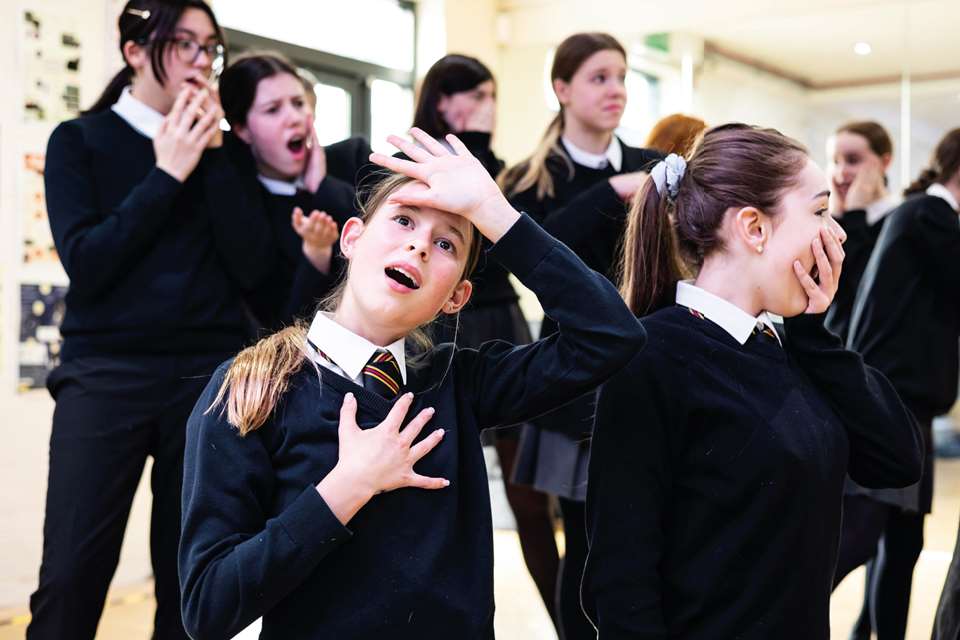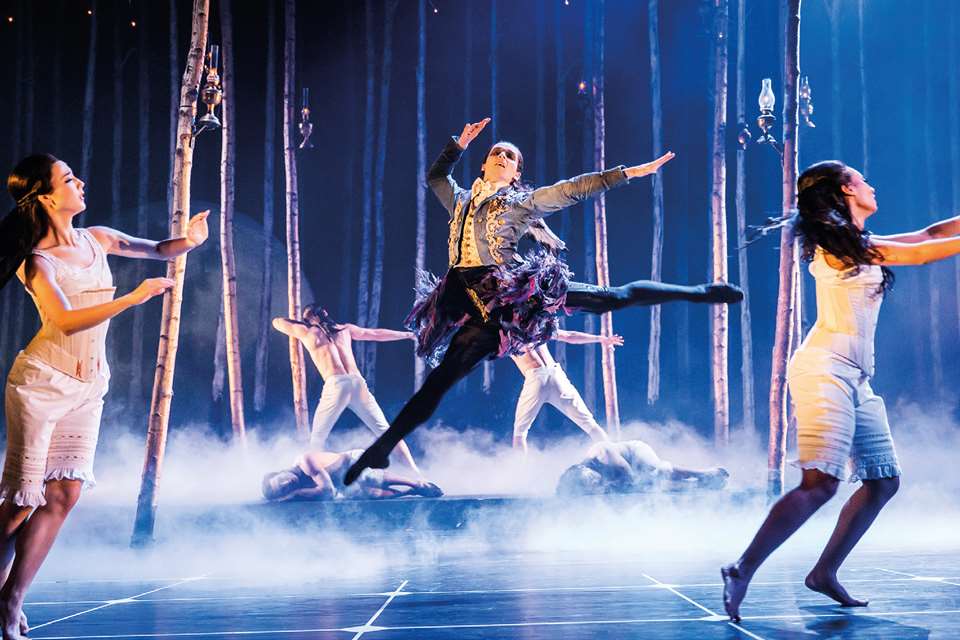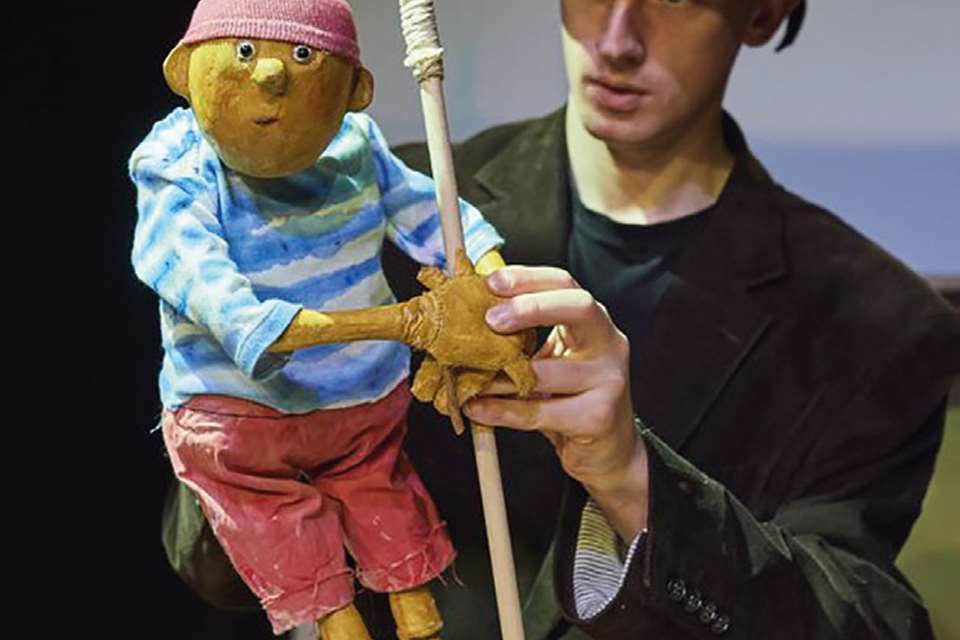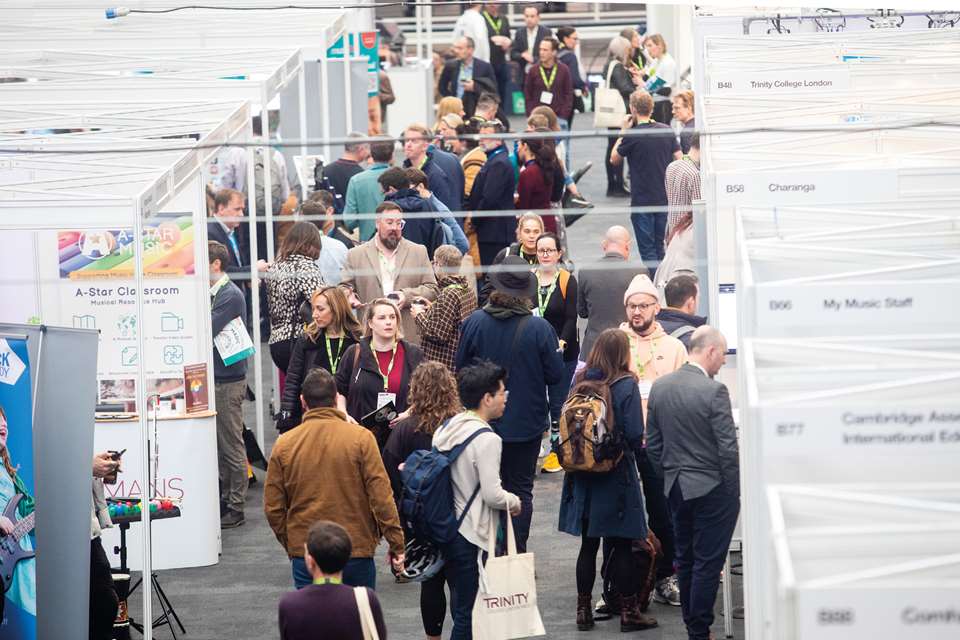Practitioner focus: Bunny Christie
Donna Steele
Friday, September 1, 2023
Bunny Christie doesn't simply design sets: she creates entire worlds. Donna Steele looks into the magical world of this pioneering set designer, suggesting a few lesson plans inspired by Christie's creative practice.
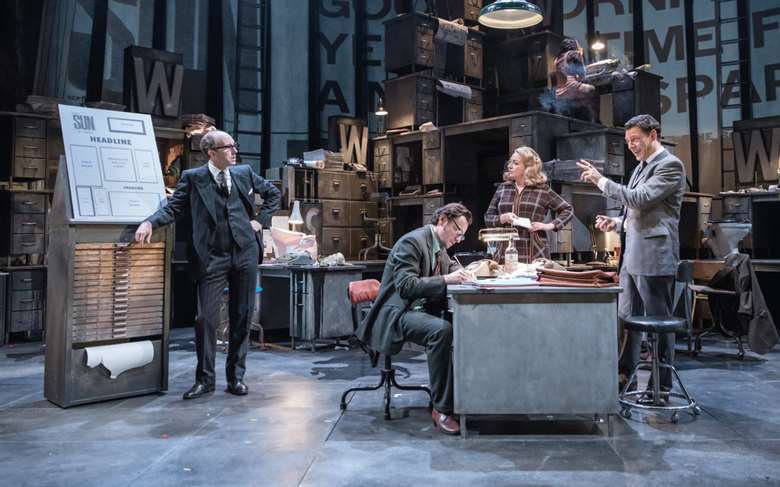
Marc Brenner
Register now to continue reading
Register to the Drama & Theatre website today and gain access to all the latest news and developments from the world of drama education. By registering you will receive:
- Free access to 4 subscriber-only articles per month
- Unlimited access to news and opinion on our website


